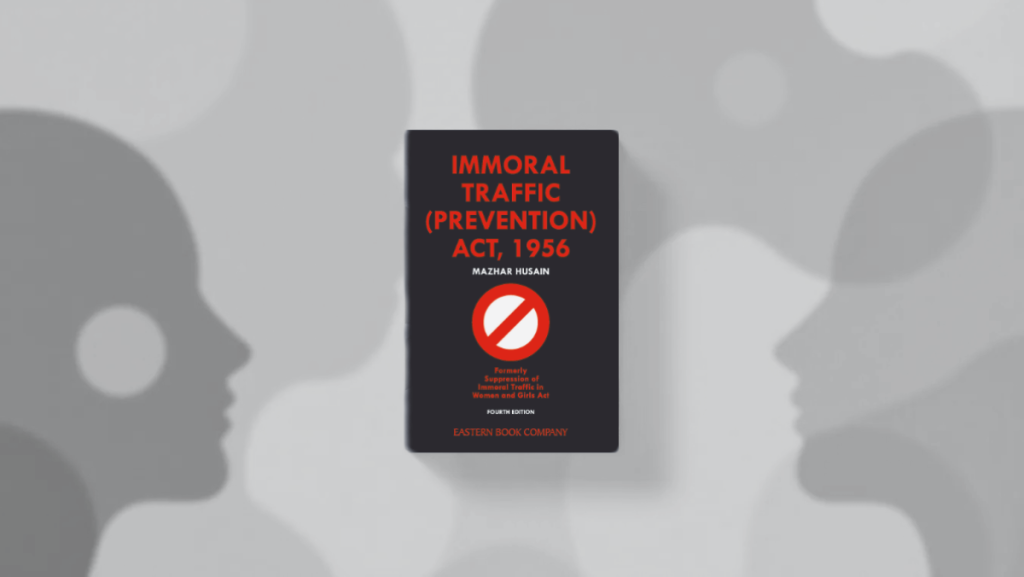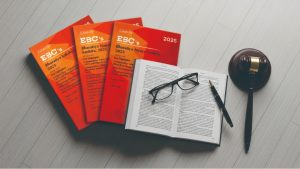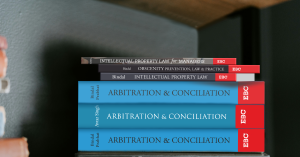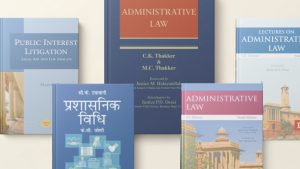
Human trafficking for sexual exploitation remains a serious yet under-addressed issue in India, despite existing legal frameworks. This blog explores the country’s primary laws, highlights critical gaps in implementation, and examines current challenges through recent data and reforms.
Legal Framework
The Immoral Traffic (Prevention) Act, 1956 (ITPA)
- This is India’s primary law against trafficking for commercial sexual exploitation. It criminalises acts such as keeping or managing a brothel; living off the earnings of prostitution; procuring, inducing, or taking persons for prostitution; and prostitution in or near public places.
- Enhanced penalties apply when victims are children.
Indian Penal Code (IPC) / Bharatiya Nyaya Sanhita (BNS), 2023
- Under IPC, Section 370 (and 370A) deals with trafficking of persons, including sexual exploitation, slavery, servitude, etc.
- The newer law, Bharatiya Nyaya Sanhita (2023), consolidates modern offences: Section 143 of BNS defines “Trafficking of Person” broadly (includes recruitment, transport, harbouring etc. by coercion, fraud, inducement etc.), with harsher punishments, especially when children are involved.
- BNS also recognises “beggary” as a form of exploitation under trafficking, which expands the scope beyond sexual trafficking.
Constitutional Provisions & Other Laws
- Article 23 of the Constitution prohibits traffic in human beings and forced labour.
- Other relevant statutes include the Protection of Children from Sexual Offences Act (POCSO), Juvenile Justice Act, and various labour laws that intersect with trafficking law.
Key Statistics
- Between 2018‑2022, India recorded 10,659 cases of human trafficking; during that period, 26,840 persons were arrested. Yet only 1,031 convictions were secured — this is a conviction rate of about 4.8%.
- In 2021 alone: 2,189 cases were registered under Anti‑Human Trafficking Units (AHTUs); chargesheets were filed in ~84.7% of those, but only 16% led to convictions.
- Some states / Union Territories had zero convictions in 2021 despite case registrations.
Gaps & Challenges
Low Conviction Rates
- Despite many cases being registered and chargesheets filed, convictions are very low nationally. Problems include weak evidence, procedural delays, failure to produce witnesses, etc.
b. Definitions and Legal Scope Issues
- The older ITPA is largely limited to sexual exploitation and does not comprehensively cover other forms of trafficking (labor, organ removal, etc.).
- In previous law, some offences or victims (e.g. male or transgender persons) were not clearly addressed. The newer BNS attempts to be more inclusive.
c. Implementation Weaknesses
- Law enforcement often lacks training specific to trafficking, especially for identifying victims, gathering evidence, handling trauma, etc.
- Rehabilitation and protection for survivors is under-resourced. Protective homes and corrective institutions exist under ITPA, but many face issues like inadequate staff, insufficient funding, or being more custodial than rehabilitative.
d. Social, Economic, Cultural Vulnerabilities
- Poverty, low education, gender inequality, caste discrimination, migration, and marginalization make certain communities more vulnerable.
- Stigma attached to sexual exploitation can prevent victims from reporting, seeking help, or reintegrating.
e. Jurisdictional & Procedural Hurdles
- Trafficking often involves movement across states or international borders, requiring coordination among police, state governments, sometimes foreign governments. Legal and investigative coordination is weak.
- Delay in trials, poor evidence management (chain of custody, forensic reports), missing or untraceable witnesses lead to acquittals.
Recent Legal Reforms & Strengthened Provisions
- Bharatiya Nyaya Sanhita, 2023: This replaces parts of IPC; introduces Section 143 for human trafficking with stronger punishments, especially for child trafficking. It also expands “exploitation” categories (including beggary).
- Provisions are now more gender-neutral (use of “child” rather than “minor girl” in certain offences), potentially covering male, female, transgender victims.
- Stricter minimum punishments in many offences.
Areas for Reform & Recommended Measures
- Improve victim identification mechanisms and training for law enforcement across all states to recognize human trafficking, including non-sexual forms.
- Strengthen witness protection, ensure faster forensic and medical examination, maintain chain of evidence.
- Provide better, well‑funded rehabilitation services, shelter homes with psychological, legal, health support.
- Raise awareness in vulnerable communities about trafficking risks and legal rights.
- Ensure that amendments in law are enforced uniformly across states, reduce delays in judicial process, increase accountability.
To learn more about the topic, you may check out this reference.
















